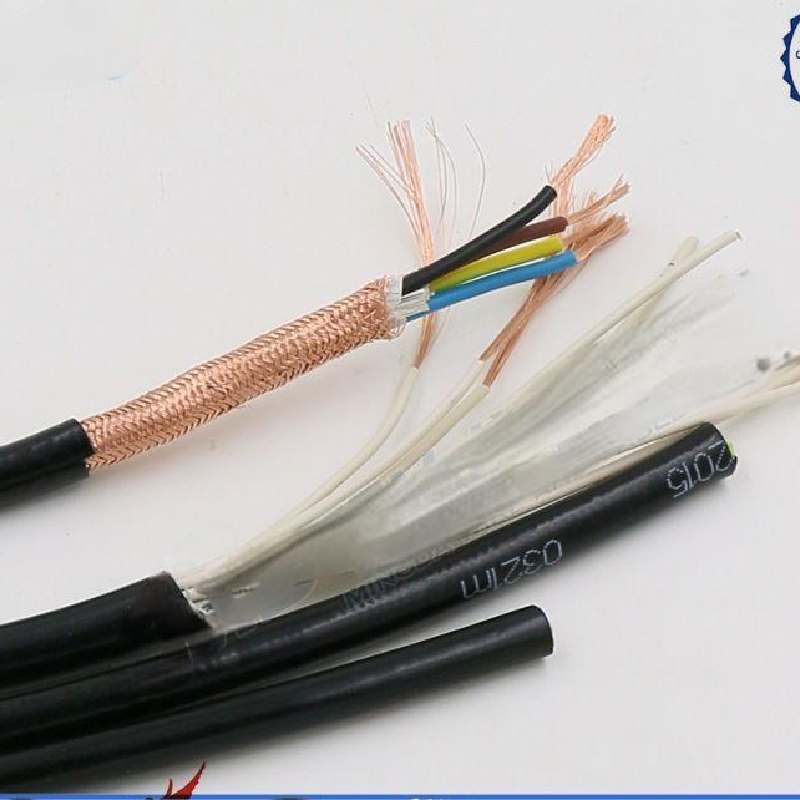10 月 . 12, 2024 14:09 Back to list
wafer and lugged butterfly valve
The Role of Wafer and Lugged Butterfly Valves in Modern Industries
Butterfly valves are essential components in various industrial applications, renowned for their simplicity, efficiency, and cost-effectiveness. Among the different types available, wafer and lugged butterfly valves stand out for their unique designs and functionalities, catering to diverse operational requirements.
Understanding Wafer and Lugged Butterfly Valves
Wafer butterfly valves are characterized by their compact design, which allows them to fit between two flanges without the need for additional support. This design is particularly advantageous in tight spaces, where traditional valve configurations may be impractical. The wafer-style valve consists of a circular disc that rotates on a shaft; when the valve is opened, the disc aligns parallel to the flow, allowing for a smooth passage of fluids. Conversely, when closed, the disc seals against a seat, effectively stopping the flow.
Lugged butterfly valves, on the other hand, are equipped with lugs or threaded holes that allow for direct mounting to a pipe system. This feature offers an added layer of flexibility, enabling the valve to be easily removed for maintenance without disrupting the entire piping system. The lugs provide a secure attachment that enhances the valve's performance under various pressure conditions.
Advantages of Wafer and Lugged Designs
Both wafer and lugged butterfly valves offer several advantages. The wafer design is typically lighter and more compact, which can reduce the overall weight of piping systems. This compactness translates to lower shipping costs and easier installation. Additionally, wafer valves often feature a lower cost compared to lugged styles, making them a popular choice for large-scale projects.
wafer and lugged butterfly valve

Lugged butterfly valves, meanwhile, excel in applications where disassembly is necessary for maintenance or replacement. Their ability to be serviced without dismantling the entire system reduces downtime and minimizes maintenance costs. Furthermore, lugged valves are ideal for applications where bi-directional flow is required, as they are capable of handling pressures from both directions.
Applications in Various Industries
These valves find extensive applications across multiple sectors, including water treatment, chemical processing, HVAC, and power generation. In water treatment facilities, wafer butterfly valves are commonly used to control and regulate the flow of water efficiently. The chemical industry benefits from both designs, utilizing them for their robust construction that can withstand corrosive substances.
In HVAC systems, lugged butterfly valves are instrumental in managing airflow, contributing to energy efficiency and temperature control. In power plants, their reliability and ease of maintenance make them a preferred choice for regulating steam and water flow.
Conclusion
In conclusion, wafer and lugged butterfly valves play a crucial role in modern industrial processes. Their unique designs cater to specific needs, enhancing efficiency, reducing costs, and ensuring reliable operation across various applications. As industries continue to prioritize efficiency and sustainability, the demand for versatile and dependable valve solutions like these is likely to grow. Investing in quality wafer and lugged butterfly valves not only optimizes operations but also contributes to a more sustainable industrial future.
Share
-
Understanding the Differences Between Wafer Type Butterfly Valve and Lugged Butterfly ValveNewsOct.25,2024
-
The Efficiency of Wafer Type Butterfly Valve and Lugged Butterfly ValveNewsOct.25,2024
-
The Ultimate Guide to Industrial Swing Check Valve: Performance, Installation, and MaintenanceNewsOct.25,2024
-
Superior Performance with Industrial Swing Check Valve: The Essential Valve for Any SystemNewsOct.25,2024
-
Industrial Swing Check Valve: The Ideal Solution for Flow ControlNewsOct.25,2024
-
You Need to Know About Industrial Swing Check Valve: Functionality, Scope, and PerformanceNewsOct.25,2024